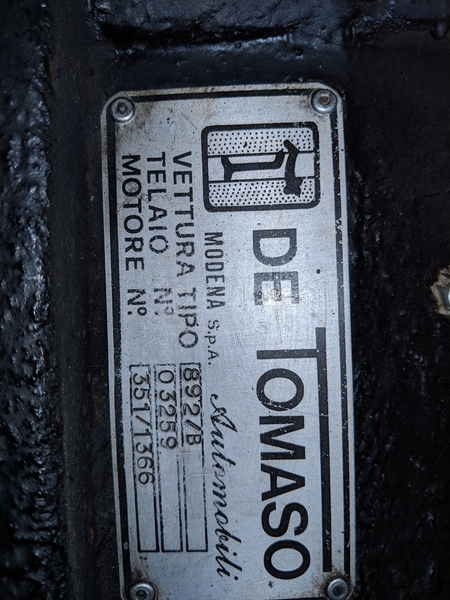Here's how the Australian engine pans out:
Aus. 351 GT/4V – Late model version, XD - XE Falcon (1979 - 1982)
8.81:1 compression ratio
Low port/small port heads; 2.04/1.65 valves
Camshaft spec: same as US 2V camshaft.
0.407/0.407 gross lift | 258°/266° dur. @ 0.006
Carter Thermoquad 4bbl carburetor (spread bore), approx. 600 cfm.
Model TQ-9071S (manual trans) or TQ-9085S (auto trans)
Bosch breakerless distributor and electronic ignition
Output: approximately 214 DIN HP
Replace carburetor with 650 Holley: +65 HP
Raise compression to 10.2:1(replace pistons): +6 HP
Replace camshaft with US Q code camshaft: +30 HP
Total Gain: +101 HP (315 DIN HP)
The late model Australian 351C had a Bosch breakerless distributor with electronic ignition, its a fine ignition that doesn't need upgrading. However, the engines were emissions tuned, so the OEM spread bore Carter Thermoquad carburetors are calibrated very lean. I don't know whether or not De Tomaso replaced the carburetors with a #4777 Holley as they did with the Pantera GTS, if so it would be a good thing … as the engine's output would increase to about 280 DIN HP.
The fact that the Ford valves are a two piece welded design is not the issue … as far as I know all OEM valves are two piece, its a more economical way to manufacture them. The Ford valves don't crack where they are welded however, they crack below the weld. The valve heads are brittle from an "aluminizing" process. The question is where did Ford of Australia source the valves, from the US or from a domestic supplier. Unfortunately I can't answer that question. I've never heard of valve failure being an issue in the land of OZ (Australia). I can't say it isn't however, it would be nice if somebody tuned into the scene in OZ could speak up and let us know.
The OZ manufactured Cleveland Ford V8 still needs all the other stuff however, ARP rod nuts, tappet bore bushings, heavy duty main and rod bearings, wider bearing clearances, fully grooved main bearings, wider rod side gap clearances, new damper, proper thermostat, oil pan windage tray, Q code style oil pump pick-up.



